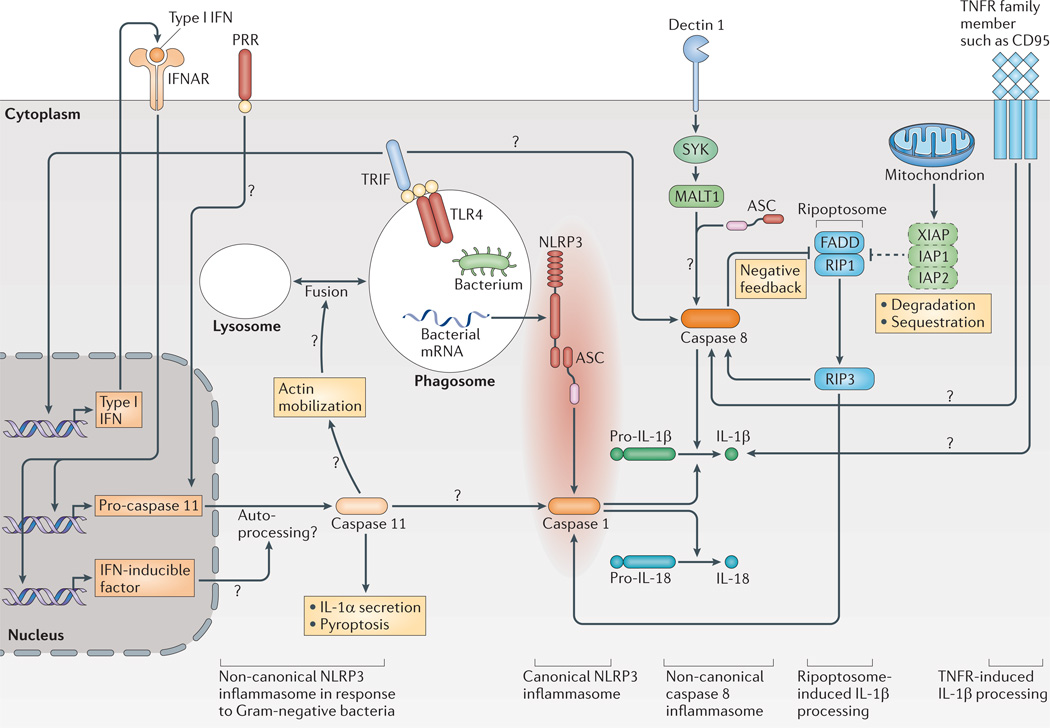Figure 1. Canonical and non-canonical activation of IL-1β.
NLRP3 (NOD-, LRR- and pyrin domain-containing 3) needs additional cofactors for the processing of interleukin-1β (IL-1β) in response to Gram-negative bacteria; this path way has been termed the non-canonical NLRP3 inflammasome. Toll-like receptor 4 (TLR4) signalling via TIR domain-containing adaptor protein inducing IFNβ (TRIF) induces the secretion of type I interferons (IFNs), which lead to the activation of caspase 11 via autocrine signalling through the IFNα/β receptor (IFNAR), possibly involving additional (not yet known) IFN-inducible factors. Caspase 11 is necessary for the activation of caspase 1 and has an independent role in IL-1α secretion and pyroptosis in response to Gram-negative bacteria. A possible mechanism for caspase 11 action might be its role in actin mobilization via cofilin, which might lead to increased fusion of lysosomes to phagosomes and, potentially, to increased leakage of bacterial mRNA (also termed vita-PAMPs) to the cytoplasm to activate NLRP3 (not shown). A platform consisting of mucosa-associated lymphoid tissue lymphoma translocation protein 1 (MALT1), caspase 8 and the adaptor protein ASC (termed the non-canonical caspase 8 inflammasome) is formed in response to stimulation of dectin 1. Caspase 8 might also be activated by TLRs using the signalling adaptor TRIF in the presence of cycloheximide. In addition, the formation of the ripoptosome is triggered by the loss of inhibitor of apoptosis proteins (IAPs) with concurrent TLR stimulation. The ripoptosome — consisting of FAS-associated death domain protein (FADD) and receptor-interacting protein 1 (RIP1) — activates caspase 8 via RIP3. However, caspase 8 can also limit ripoptosome action on NLRP3. Members of the tumour necrosis factor receptor (TNFR) family might also induce pro-IL-1β cleavage, as has been shown for CD95 (also known as FAS). Question marks show pathways that are still speculative. PRR, pattern recognition receptor; XIAP, X-linked inhibitor of apoptosis protein.

